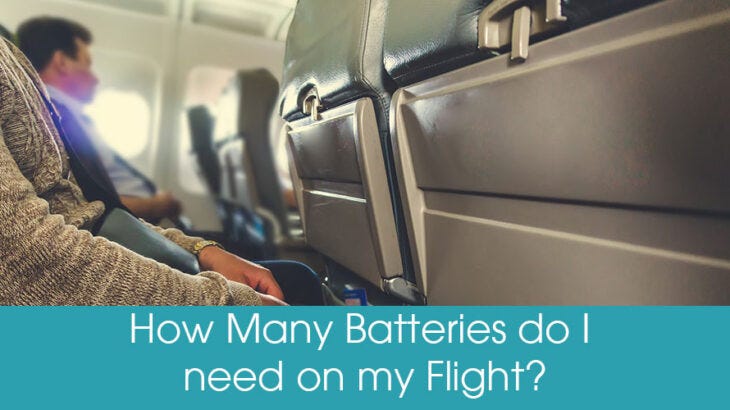
Travel opportunities for people with severe medical conditions have improved. This includes those with lung diseases who may need supplemental oxygen while traveling at high elevations, such as during air travel.
Although the Federal Aviation Administration (FAA) has regulations that cover oxygen use in commercial air carriers, the airlines also have policies that regulate how oxygen can be used in-flight. These differences can confuse travelers when they fall within FAA regulations but differ from airline to airline.









